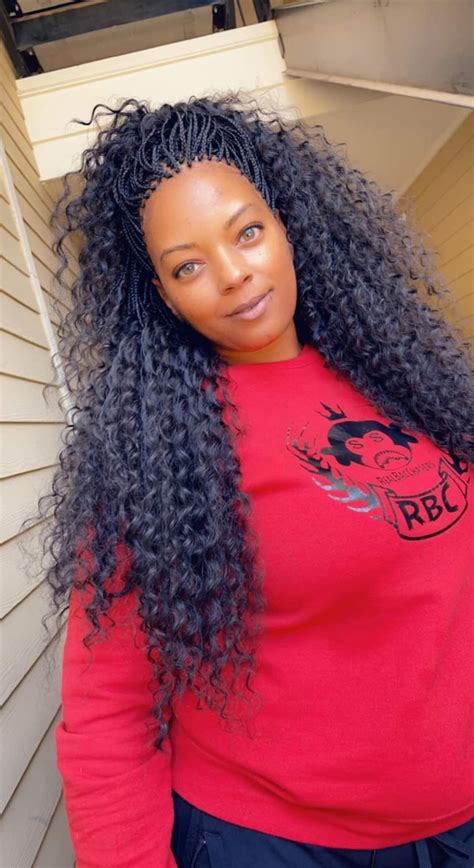Introduction
Human hair braiding weave has emerged as a versatile and sought-after hair extension technique. With its ability to transform hairstyles, increase volume, and add length, it has gained immense popularity among individuals seeking a stylish and transformative hair solution.

Understanding Human Hair Braiding Weave
Human hair braiding weave involves braiding a client’s natural hair into cornrows or other protective styles. Natural or synthetic extensions are then sewn, glued, or clipped onto the cornrows, creating the illusion of longer, fuller hair.
Types of Human Hair Braiding Weaves
1. Sew-in Weave: This technique uses a needle and thread to sew the extensions onto the cornrows. It offers the most secure hold but can be time-consuming and potentially damaging to natural hair.
2. Glue-in Weave: Extensions are glued directly onto the cornrows using an adhesive. This method is quicker than sew-in but may cause scalp irritation and hair damage if not done correctly.
3. Clip-in Weave: Extensions are attached to clips that are then snapped onto the cornrows. This method is the least damaging but provides the least secure hold.
Benefits of Human Hair Braiding Weave
1. Enhanced Appearance: Braiding weaves can create stunning hairstyles that enhance facial features, add volume, and extend hair length.
2. Protective Styling: Cornrows provide a protective layer for natural hair, minimizing breakage and damage from styling tools and environmental factors.
3. Versatility: Weaves offer endless styling possibilities, allowing individuals to experiment with different textures, colors, and lengths.
Pain Points Associated with Human Hair Braiding Weave
1. Maintenance: Weaves require regular maintenance, including shampooing, conditioning, and re-tightening to maintain their appearance and longevity.
2. Scalp Tension: Tightly braided cornrows can cause scalp tension and discomfort, especially during installation and removal.
3. Cost: Human hair braiding weaves can be expensive, particularly for high-quality extensions and skilled stylists.
Motivations for Choosing Human Hair Braiding Weave
1. Desire for Longer, Fuller Hair: Individuals who crave long, thick hair opt for weaves to achieve this without waiting for their natural hair to grow.
2. Protective Hair Styling: Those with fragile or damaged hair seek weaves to protect their natural locks from further damage.
3. Style Experimentation: Weaves allow individuals to experiment with different hair textures, colors, and styles without altering their natural hair.
Effective Strategies for Managing Human Hair Braiding Weave
1. Proper Maintenance: Regular washing, conditioning, detangling, and re-tightening are crucial for maintaining the health and longevity of a weave.
2. Scalp Care: Scalp care should be prioritized, including regular cleansing and moisturizing to prevent dryness and irritation.
3. Avoiding Over-tightening: Tight cornrows can lead to scalp tension and hair damage. Ensure that the cornrows are braided comfortably and securely.
Comparison of Human Hair Braiding Weave Techniques
| Technique | Pros | Cons |
|---|---|---|
| Sew-in Weave | Secure hold | Time-consuming, potential hair damage |
| Glue-in Weave | Quick installation | Scalp irritation, potential hair damage |
| Clip-in Weave | Non-damaging | Less secure hold |
Conclusion
Human hair braiding weave offers an effective and versatile solution for individuals seeking to enhance their hair’s appearance and health. By understanding the different types, benefits, pain points, and effective strategies associated with weaves, individuals can make informed decisions and enjoy the transformative benefits of this popular hair extension technique.
